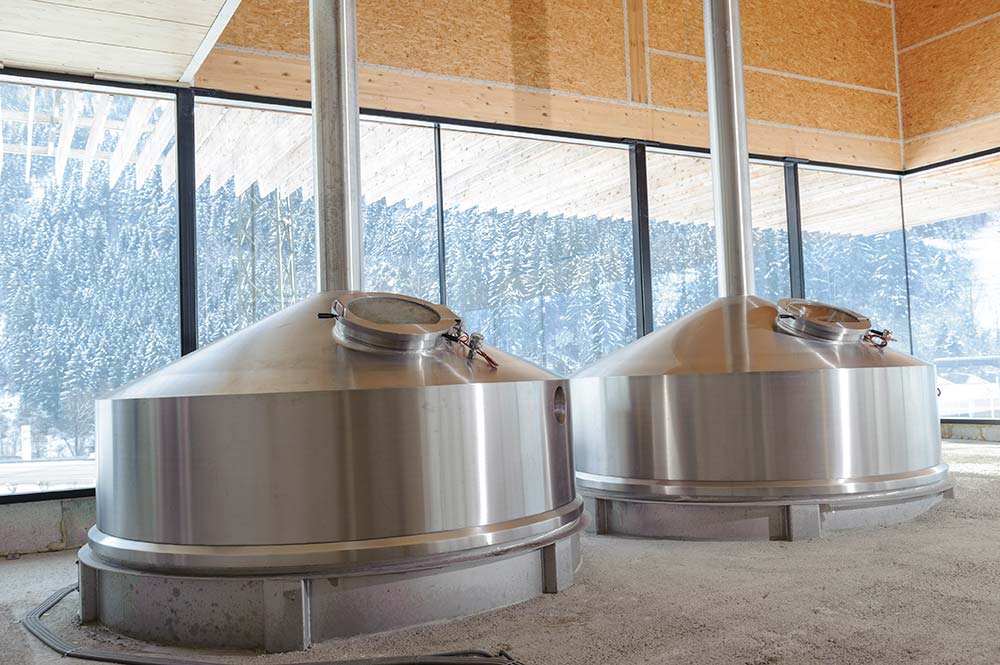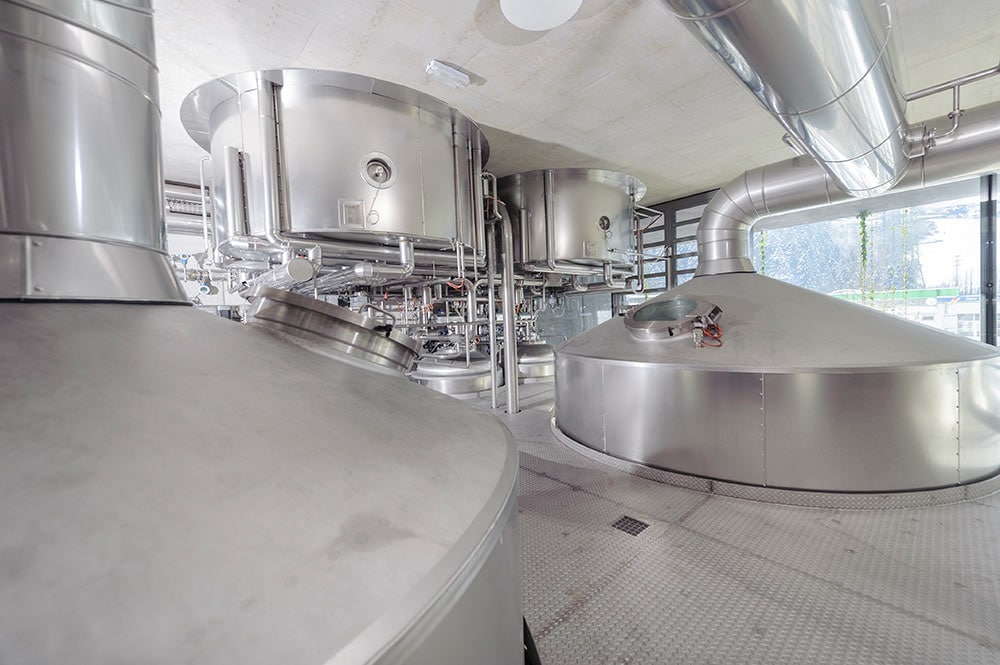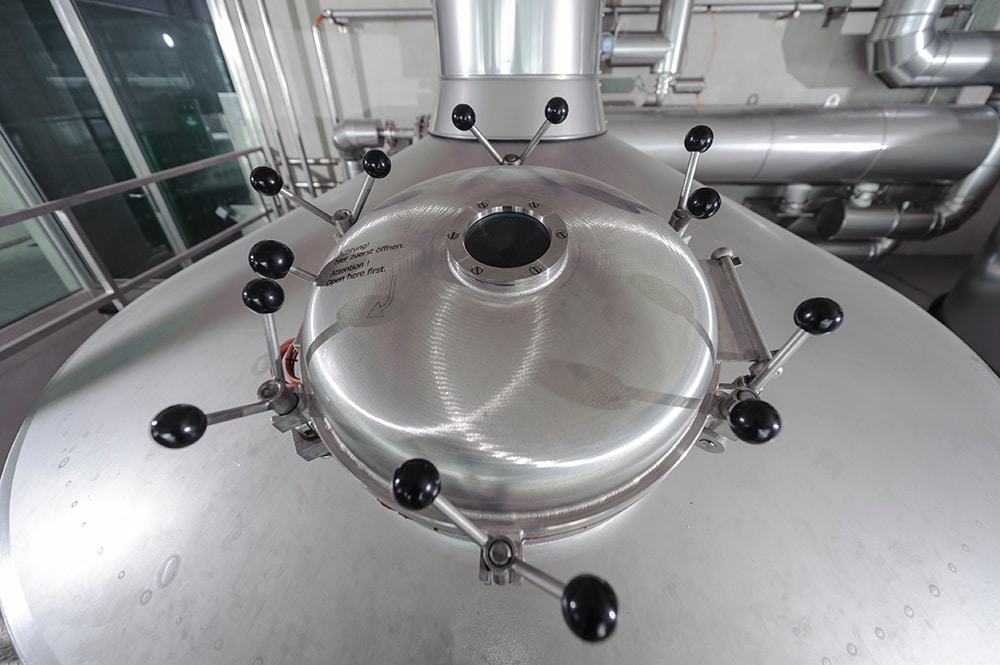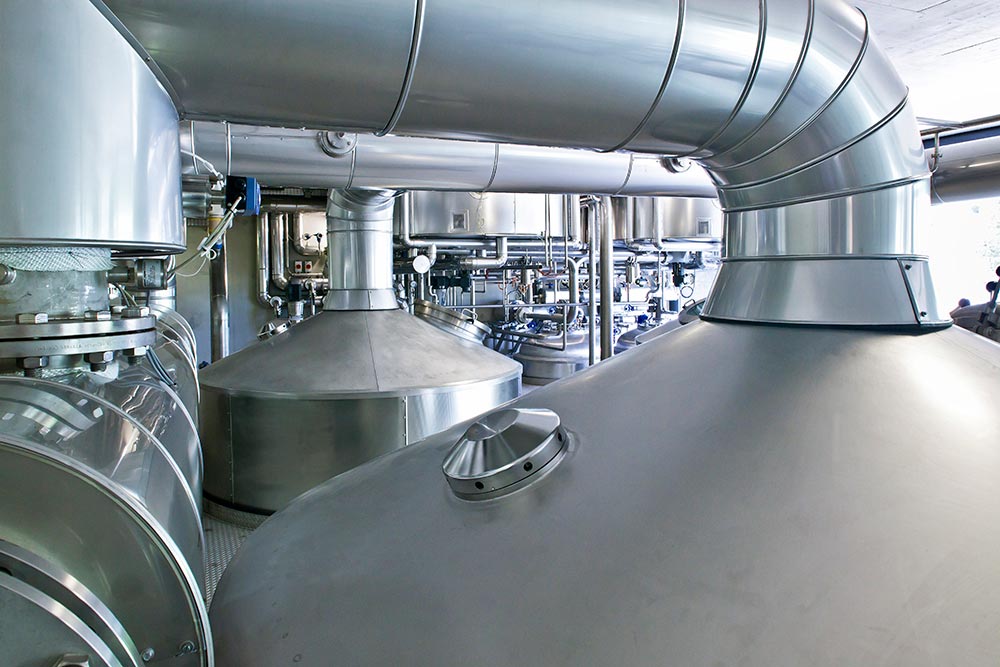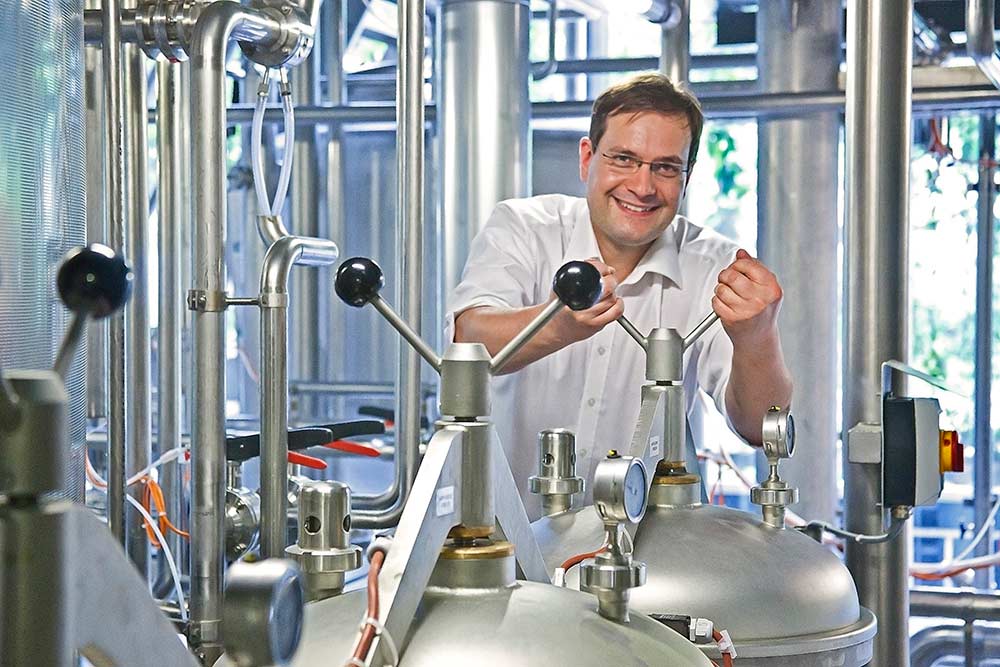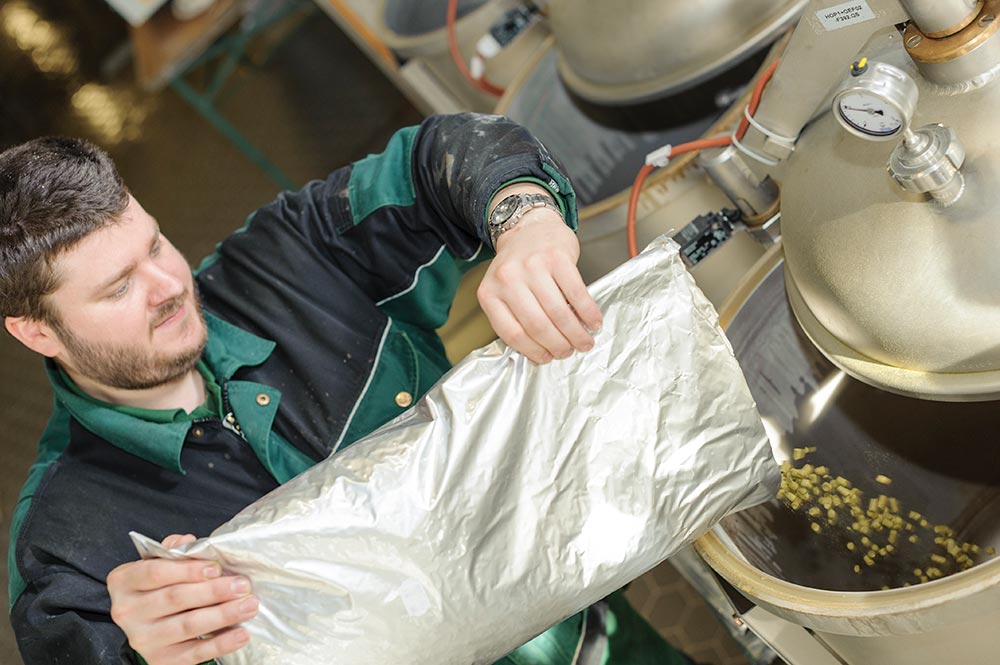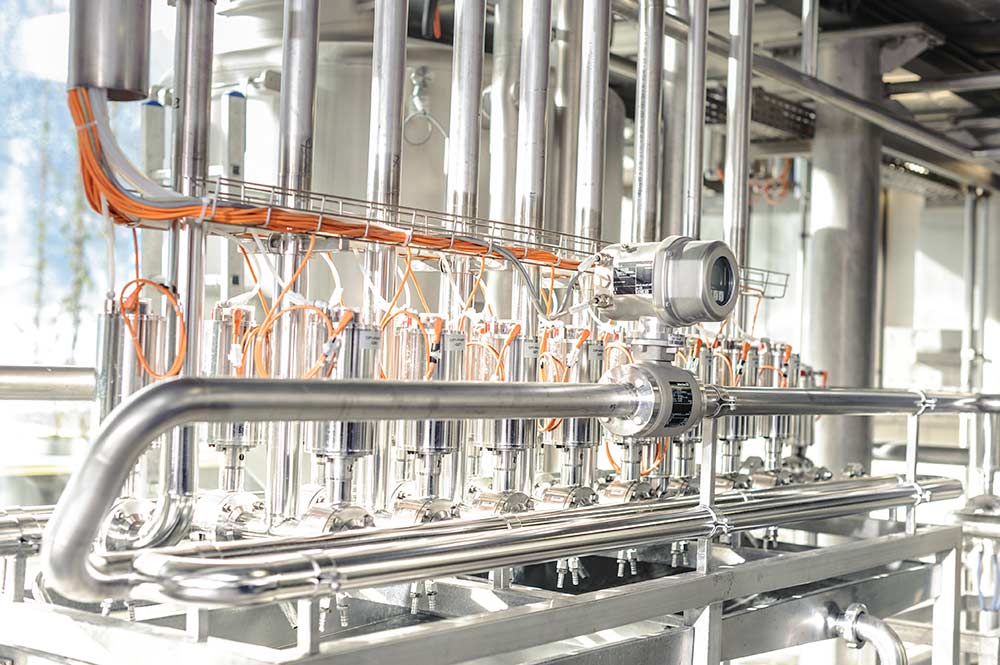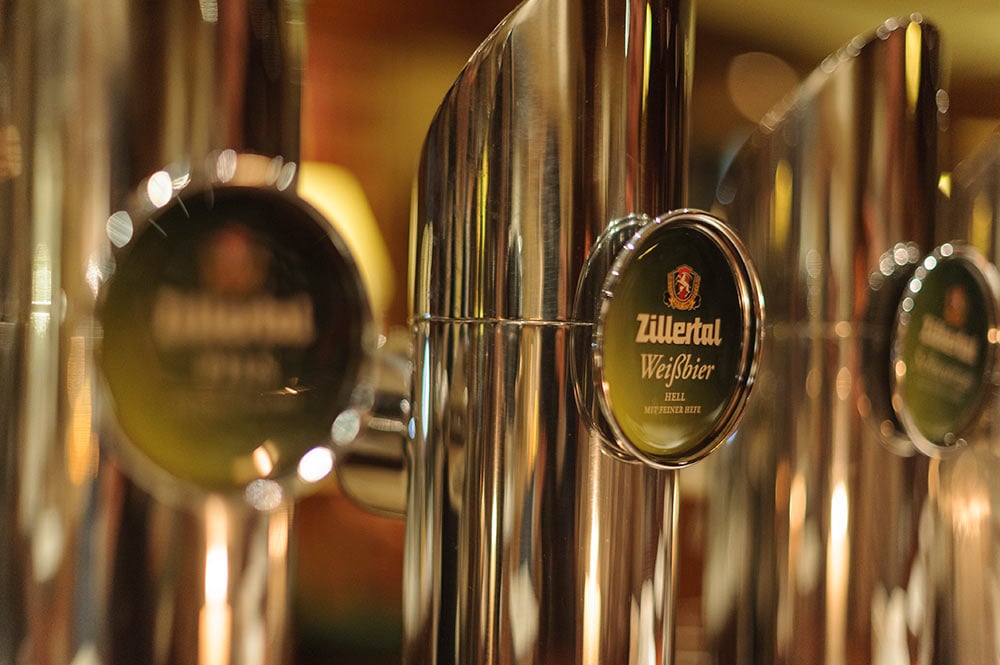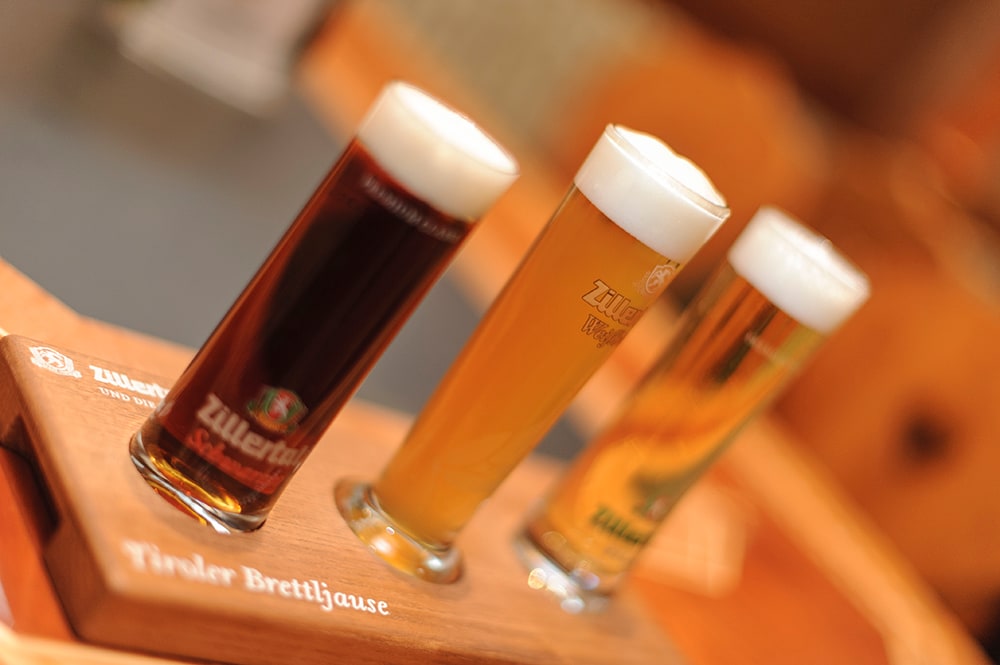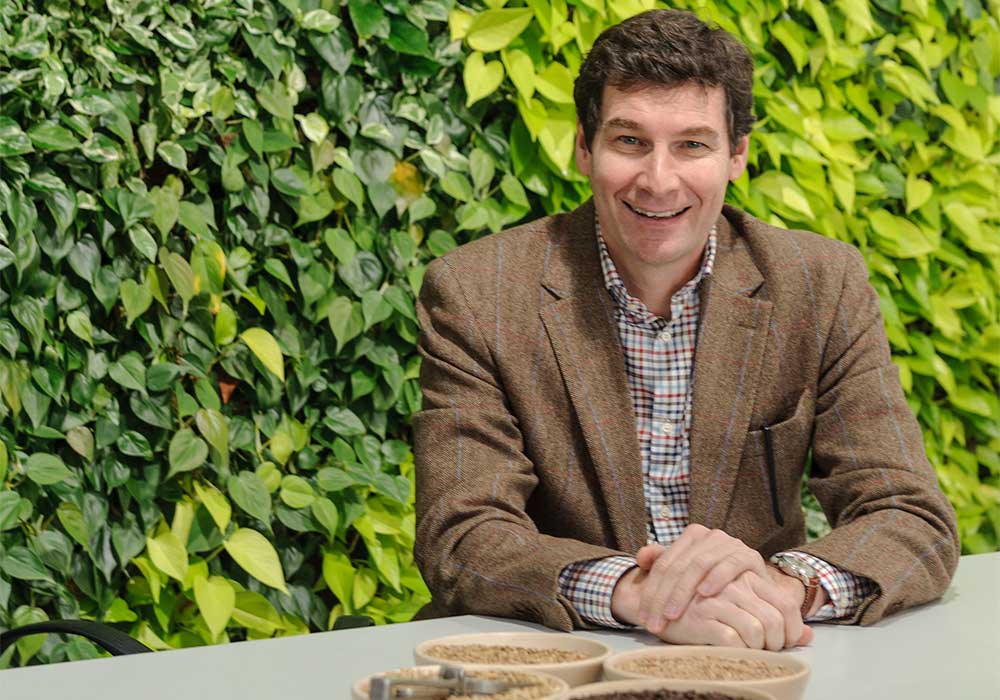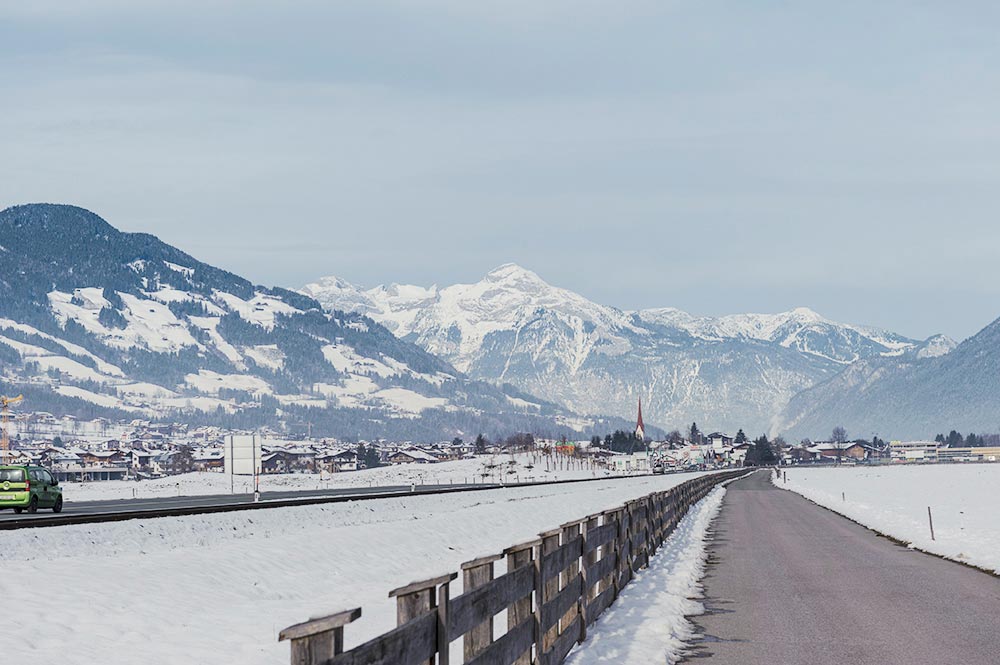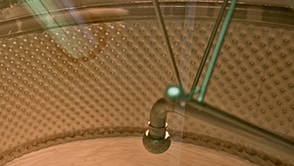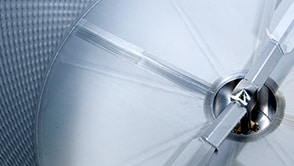The new brewery is a fine example of architectural ingenuity, containing six kettles and scoring particularly well in terms of minimised energy consumption figures, thanks to the EquiTherm energy storage system, which fits in neatly with the owner family’s sustainability-focused philosophy.
“We are a local player making specialty beers for our own region, which we deliver to customers within a radius of 100 kilometres. 85 per cent of the 60,000 hectolitres we sell are supplied to the catering trade, we fill two-thirds in kegs and the remaining third in returnable bottles. In line with this regional focus, as far as raw materials go we buy our cereals exclusively in Austria, with our barley and wheat being malted in Austria as well”, emphasises proprietor Martin Lechner. “We use only the finest aroma hops, and here, too, we purchase 80 per cent of our requirements from the Austrian hop-growing area in the north-east of Upper Austria. And we insist on crystal-clear, untreated spring water from the surrounding mountains as mash liquor.” The new brewhouse also spotlights the raw materials it uses to striking effect: before its glass frontage on the right of the entrance, some hop plants emerge from a fountain-themed water basin and extend their tendrils to lofty heights while some brewing barley thrives on the left.
“With the new Steinecker brewhouse, we’re also trying to make our own contribution towards operational eco-awareness, by aiming to become a CO2-neutral plant in the foreseeable future”, emphasises Martin Lechner. “In the end, we opted for the EquiTherm system, not least because we would be consuming significantly less energy than we would with a conventional brewhouse.”
There are quite obvious reasons for the brewery to prioritise sustainability, located as it is in the popular winter-sports resort of the Zillertal valley. This region makes its living from tourism. Unusually enough for a brewery, Zillertal Bier sells around 55 per cent of its annual turnover volume in the winter season. Since the brewery is unusually dependent on the catering sector, it is keen to boost its sales by offering some innovative specialty beers. So when the new brewhouse was built, Zillertal Bier treated itself to a luxury: integrating an additional five-hectolitre, four-kettle brewhouse for specialty prtoducts whose automated functions were incorporated into the Botec process control system by Steinecker.
The new Steinecker brewhouse on three floors
The brewhouse kit has been accommodated on three different levels, all of them visible from outside, thanks to a glass frontage extending from top to bottom. The ground floor houses the operator-control equipment as well as the substructures of the product holding tank, the wort copper, the lauter tun and the whirlpool, plus also the Variomill wet mill, a trub vessel, the biological sour-wort supply, and four hop-supply vessels. Furthermore, the CIP system, which ensures automatic cleaning for the vessels and piping, is also accommodated here.
On the first floor, there are the product holding tank, the wort copper, the lauter tun and the whirlpool. The EquiTherm system and the wort copper’s vapour condenser have also been accommodated here. As Zillertal Bier uses not only the infusion but also the decoction mashing process, the brewery had two ShakesBeer EcoPlus mash tuns installed. These two stainless-steel tanks are located one floor higher up. The reason for this is that Zillertal Bier is planning to expand its visitors’ centre in the brewery by mid-2015.
Optimised energy yield
With EquiTherm, for the first time we are looking at a concept that eliminates any excess of warm water in the brewhouse. Superfluous vapour energy can be fed into the energy storage circuit and thus be utilised effectively. At the same time, the amount of wastewater is also significantly reduced. The system achieves enormous savings, both with infusion and decoction. Compared to a conventional process, the figures with reference to cold wort come to more than 30 per cent of thermal energy saved, and to over 34 per cent of electricity saved. The massively reduced consumption of both energy and media results in a production operation that is as resource-economical as it is low in emissions, with concomitantly beneficial effects on the environmental impact and on production costs.
Wouldn't that be something for you too?
